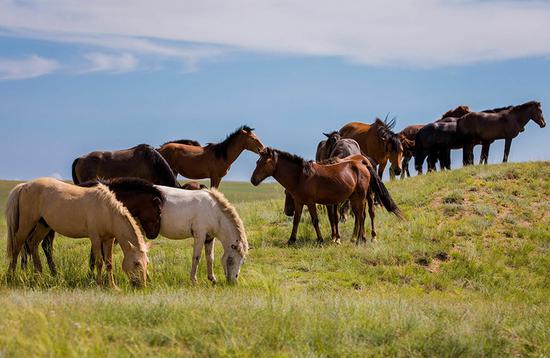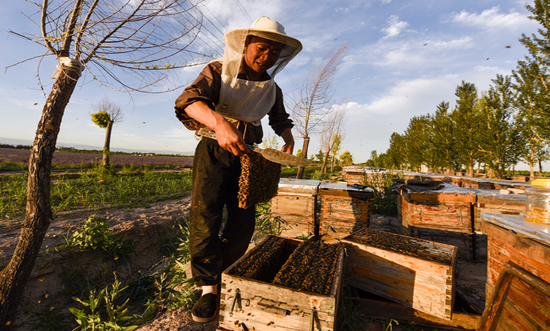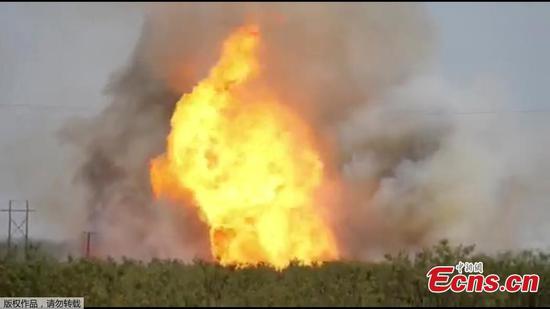Amid expectations of a robust harvest, California's almond growers are anxious over reduced demand due to new tariffs imposed by other countries.
California's almond industry, projected to yield a record 2.45 billion pounds of the nuts this year, faces retaliatory tariffs in China, Turkey and India.
China imported 151 million pounds of California almonds last year, making it the state's third-largest overseas market. The Chinese duty on almonds from the United States has now risen to 50 percent from 10 percent after two rounds of tariffs in April and July.
"The impact now is more anxiety, because we don't know how it's going to be in the long run," said Jake Wenger, an almond grower in Modesto, California, and vice-president of the Stanislaus County Farm Bureau Board.
"When you have one harvest a year, you are basically working all year spending money on pest control, fertilizer and water, and hoping that at the end of the year you make enough money to cover your costs and then make a little bit yourself. Nobody wants to work for free or lose money," said Wenger.
The industry's two biggest concerns are importers' requests for delaying shipment on existing contracts for the 2017 crop, and an overall reduction in contracting for the new crop, said Richard Waycott, president and CEO of the Almond Board of California, a nonprofit representing more than 6,000 almond growers and processors.
"What we are seeing is uncertainty that has been in the marketplace for several months now, and it is affecting normal buyer-seller relationships," he said.
According to the board's monthly market report, exports to China dropped in June to almost half the level seen in the same period last year.
Two factors played a role in the falling shipment volume: postponement of some shipments and a record shipment last year, said Waycott.
California produces almost all U.S. commercial almonds and 82 percent of the global supply. Almonds are California's third-biggest revenue earner among commodities.
The only other significant supplier to China is Australia, which negotiated a free-trade agreement with Beijing five years ago. The tariff on Australian almonds will drop to zero on Jan 1.
"I know many Chinese buyers are attempting to buy from Australia to avoid the tariffs on U.S. products, but the volume is not sufficient to satisfy Chinese demand," Waycott said.
"Another impact would be if Chinese buyers switch preference to other nuts, like macadamia nuts, or hazelnuts, until the situation is resolved," he added.
The board has been actively investing in China for about 30 years. Its consumer education program in China is the largest one outside of the U.S. "We will continue to be a longtime partner in the nut business in China," said Waycott.
From a grower's perspective, the only thing they can do to control the negative impact is to control costs, including using less fertilizer, and reducing labor costs, said Wenger.
"We get paid the price that people are willing to pay for our products," he said.
The industry will get a better idea where prices will be within around three months, by which time the growers will be wrapping up harvest season. But they won't see the full picture until about a year from now when they get final payment, said Wenger.
"We hope by then we can have trade agreements that can get rid of the tariffs. As a grower, we lean on our elected leaders to develop trade policies that allow fluid movement of U.S. goods and commodities into the world market," he said.


















































